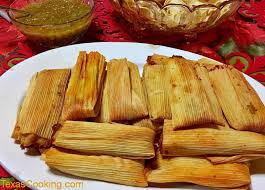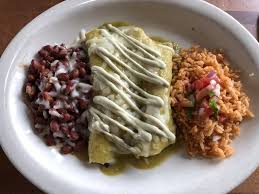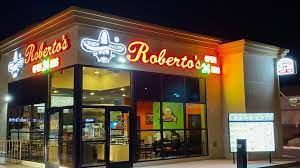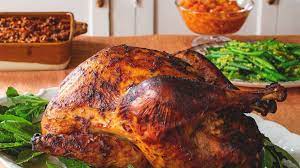When you think about tradition during the fast-approaching holiday season, only one word comes to mind: Tamales. It’s been the typical item on the menu for decades in Latino households. And from Texas to California, tamales frequently appear as a side dish along with the turkey, ham and pumpkin pie. It’s a slice of Hispanic culture that has become a part of us, regardless of our family tree.
Now let’s face it. Nobody ever claimed that it was easy to make tamales from scratch. So unless your abuela wants to take charge in the kitchen, most folks opt to buy the pre-packaged fare available at most Latino super mercados. Sorry, but that’s not even close to the home-made creation I’ve savored at posadas all my life. Not even close. So for those of you brave enough to make your own tamales, I have a recipe that will guide you through it.
This is a tried and true creation by the Otañez family of Tucson, Arizona for Tamales de Res, or beef tamales, although we have tweaked it a bit to our liking. While making this tasty treat, the entire family can get involved in an “assembly line” operation that can be fun and get everyone involved in the holiday spirit.
Here’s the shopping list to get started in the cocina to make about five dozen tamales.
Three packages of corn husks; two cans of pitted black or green olives; 10 dried red ancho chile pods; 5 dried guajillo chile pods; one bottle of virgin olive oil; small package of flour; small jar of Mexican oregano; baking powder; small can of beef broth; small jar of chile powder; small jar of ground cumin; 10 cloves of fresh garlic; five pounds of fresh masa; fresh lard (or substitute with shortening); 10 pounds of boneless rump roast.
Prepare Salsa:
Start with boiling about six cups of water. Rinse all chile pods, removing all the stems and seeds. Add to water, reduce heat and cover until tender. Let cool and put into electric blender with three cups of remaining water. Blend until liquid. Put three tablespoons of olive oil and two tablespoons of flour in a separate two quart sauce pan. Stir until brown. Add the blended chile, one tablespoon of oregano and keep stirring until thick. Add two more cups of water, cover and simmer until contents are of a salsa-type consistency.
Prepare Masa:
In a large mixing bowl, add masa, lard/shortening, one tablespoon of baking powder, two tablespoons of salt, one cup of beef broth, two tablespoons of chile powder and one cup of previously prepared salsa. Use hand mixer to prep contents until fluffy. Set aside.
Prepare Carne:
Best if meat is cooked slowly in a crock pot to enhance flavor and tenderness. Place roast in pot with two tablespoons of cumin. Add the crushed garlic cloves , and salt/pepper to taste. Because cooking the meat will take a while, get a head start on this before working on the two prior steps. When ready, shred the meat with a large utility fork, add juices from the pot together with the prepared chile sauce and saute in the oven for about 20 minutes.
Corn Husks:
At some point in this process, the corn husks need to be soaked in warm water for about 30 minutes until they are soft. Figure this process into your preparation routine. Once ready, pat dry on paper towels on top of each other and stack so they stay flat. Now comes the fun part when you can recruit kitchen helpers to pitch in during the final preparation. Lay out all the ingredients on a table and begin. One station keeps each husk flat and applies a thin layer of masa. Pass it on. The next station spreads a similar layer of meat and olives. Pass it on. The third station folds over the corn husk and places it face down on a cookie sheet. Once all the tamales are made, return to the crock pot, neatly stacked on top of each other, and add about five more cups of water. Steam again and your masterpiece will soon be ready when the water evaporates. If the masa easily separates from the husk, you’ll know the tamales are ready.
Tamales of different varieties
The recipe above is typical in the Southwest and Northern Mexico. With slight variations, the filling can be made with chicken, pork, cheese with pasilla chiles or piña, very popular at Christmas posadas. In Southern Mexican states like Oaxaca, Chiapas and Yucatan, tamales are usually filled with chicken, onions and black mole wrapped in banana leaves. Truth be told, tamales are an amazing delight made in over a dozen Latin American nations, especially at Christmas. My heart being dear to Costa Rica, I can tell you that our tamales are fit for a king or queen. The drill is similar to Northern Mexico, but you will also need to boil two pounds of potatoes, five cups of steamed rice, lots of veggies and raisins as part of the main filling. Replacing the corn husks are about three pounds of banana leaves. Cut them into squares, wrap around the masa and tie up with a string. Steam accordingly for about an hour and enjoy.
Feliz Navidad!





Very good info. Lucky me I discovered your site by accident (stumbleupon). I have saved it for later!
Many thanks, Takako